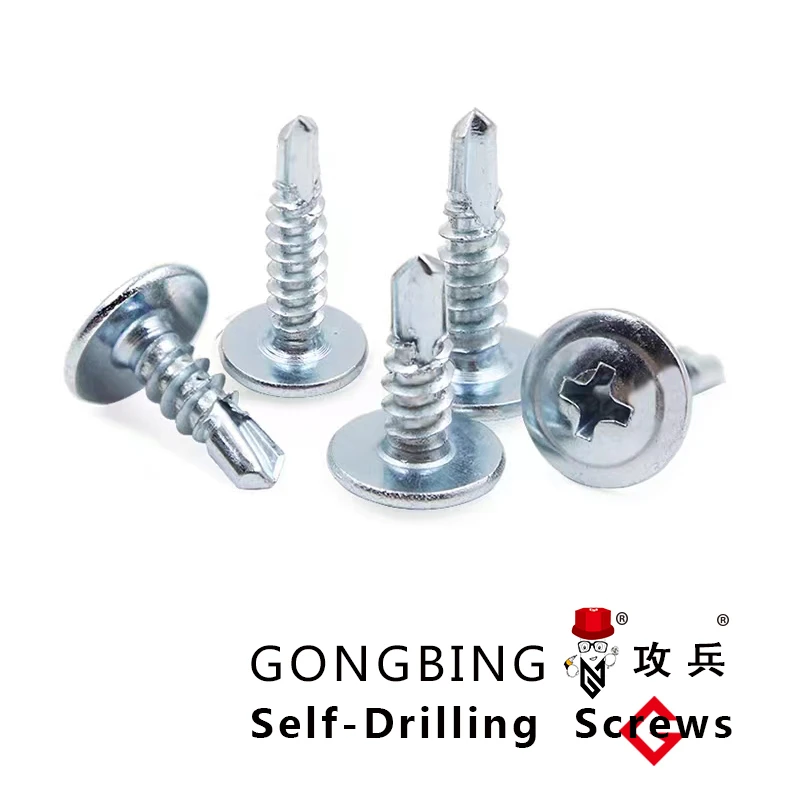Stud Shear
Understanding Stud Shear in Structural Engineering
In the field of structural engineering, the concept of stud shear plays a critical role in ensuring the integrity and safety of various constructions, particularly in composite structures that involve concrete and steel. Stud shear refers to the shear forces experienced by shear studs in a composite beam. These shear studs are typically welded to the top flange of a steel beam and are used to connect the steel beam to a concrete slab, creating a composite action that enhances the overall structural performance.
The phenomenon of stud shear becomes particularly important in the design and analysis of composite beams under service loads
. As loads are applied, the interaction between the steel elements and the concrete slab induces shear forces at the interface of these materials. It is crucial for engineers to understand and quantify these forces to prevent potential failure modes in the structural system. This ensures that the shear studs can effectively transfer the shear forces from the concrete slab to the steel beam, enabling the composite beam to function as a single unit.One of the critical considerations in stud shear design is the determination of the shear capacity of the studs. The shear capacity is influenced by several factors, including the size, spacing, and material properties of the studs, as well as the characteristics of the concrete. Engineers often refer to established design codes and standards, such as the American Institute of Steel Construction (AISC) or the American Concrete Institute (ACI), to guide their design decisions. These codes provide guidelines on the required stud spacing and the minimum number of studs necessary to achieve sufficient shear transfer.
stud shear

In addition to ensuring adequate shear capacity, engineers must also consider potential challenges such as the effects of temperature changes, shrinkage, and creep in concrete. These factors can lead to the development of additional stresses and strains within the composite structure, impacting the overall performance and safety of the building.
The importance of studying stud shear extends beyond just ensuring structural safety. Properly designed shear connection systems can lead to more efficient use of materials, reduced construction costs, and enhanced serviceability of the structure. Engineers often utilize advanced software tools and simulations to analyze shear distribution and optimize stud configurations, thereby improving the overall design process.
In conclusion, stud shear is a vital aspect of composite beam design in structural engineering. By understanding and effectively managing the shear forces involved, engineers can ensure the longevity and reliability of structures, delivering safe and efficient designs that meet the demands of modern construction. As the industry evolves, ongoing research and advancements in materials and methods will continue to enhance our understanding of stud shear and its implications in structural engineering.
-
Weatherproof Plastic Expansion Anchors for OutdoorNewsJun.06,2025
-
Sustainability in the Supply Chain: Eco-Friendly TEK Screws ProductionNewsJun.06,2025
-
Load-Bearing Capacity of External Insulation FixingsNewsJun.06,2025
-
Double Head Bolts: Enhancing Efficiency in Industrial MachineryNewsJun.06,2025
-
Corrosion Resistance in Chipboard Screws: Coatings for Wholesale DurabilityNewsJun.06,2025
-
Butterfly Toggle Bolts : Enhancing Structural ResilienceNewsJun.06,2025
